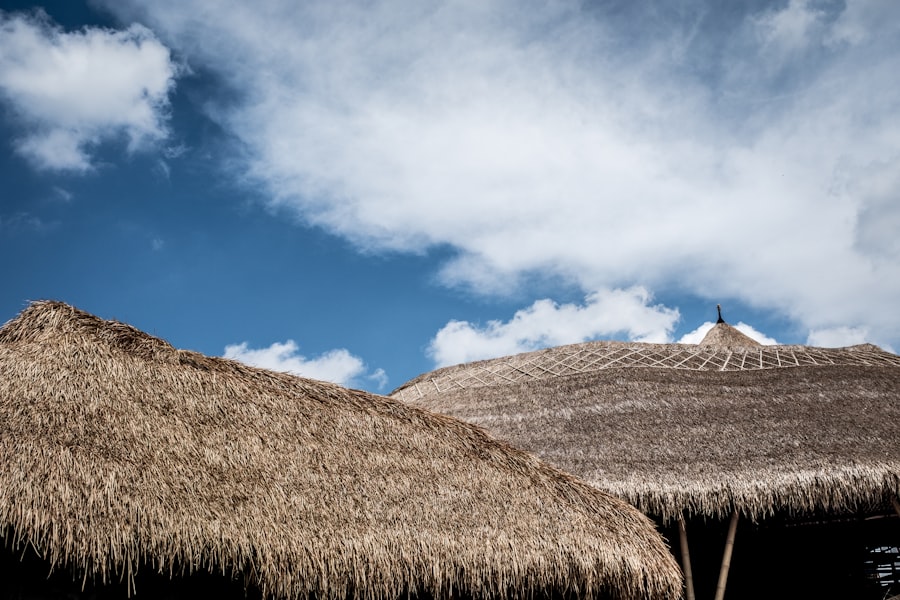The region stretching from Kamakhya to Doyang-Dhansiri in Assam, India, is a tapestry of rich cultural heritage and architectural diversity. This area is not only significant for its spiritual landmarks, such as the Kamakhya Temple, but also for its unique architectural expressions that reflect the historical and cultural narratives of the communities that inhabit it. The architecture here is a confluence of indigenous practices, religious influences, and environmental adaptations, resulting in structures that are both functional and symbolic.
The interplay of natural landscapes with human creativity has given rise to a distinctive architectural identity that is deeply rooted in the local context. The architectural landscape from Kamakhya to Doyang-Dhansiri is characterized by a variety of building styles that have evolved over centuries. The region’s architecture is not merely a reflection of aesthetic preferences; it embodies the socio-political dynamics, religious beliefs, and environmental conditions of the area.
From the intricate carvings of temples to the simple yet functional designs of rural homes, each structure tells a story of the people who built it. This article delves into the traditional building materials and techniques employed in the region, explores the influences and styles that have shaped its architecture, examines the significance of various architectural features, and discusses contemporary trends and challenges faced by this unique architectural heritage.
Key Takeaways
- Regional architecture in Kamakhya to Doyang-Dhansiri is a reflection of the diverse cultural influences and traditional building techniques in the region.
- Traditional building materials such as bamboo, thatch, and wood are commonly used in the construction of houses and other structures in the area.
- The architectural styles in the region are influenced by the local tribal communities as well as external influences from neighboring regions.
- Architectural features in Kamakhya to Doyang-Dhansiri hold significant cultural and religious importance, often reflecting the beliefs and practices of the local communities.
- Contemporary trends and challenges in regional architecture include the need for sustainable and earthquake-resistant construction, as well as the preservation of traditional building techniques and materials.
Traditional Building Materials and Techniques in the Region
Primary Materials Used in Construction
Bamboo, mud, thatch, and timber are the primary materials used in construction. Bamboo, in particular, is a versatile resource that has been utilized for centuries due to its strength, flexibility, and abundance. It is often used for constructing houses, bridges, and even temples. The use of bamboo not only reflects an understanding of local resources but also showcases sustainable building practices that have been passed down through generations.
Insulation and Protection
Mud and thatch are also integral to traditional building techniques in this region. Mud walls provide insulation against heat and cold, while thatched roofs made from local grasses offer protection from rain.
Local Craftsmanship and Cultural Identity
The construction methods often involve local craftsmanship, where artisans employ techniques such as wattle and daub for wall construction or intricate weaving patterns for bamboo structures. These methods are not only practical but also aesthetically pleasing, as they often incorporate decorative elements that reflect the cultural identity of the community. The use of these materials and techniques highlights a deep connection between the people and their environment, emphasizing sustainability and harmony with nature.
Influences and Styles in Regional Architecture

The architectural styles found in the Kamakhya to Doyang-Dhansiri region are a rich amalgamation of various influences, including indigenous traditions, colonial legacies, and religious motifs. The presence of numerous temples, particularly the Kamakhya Temple, showcases the influence of Hindu architecture characterized by intricate carvings, towering shikharas (spires), and elaborate sculptures depicting deities and mythological narratives. These temples serve not only as places of worship but also as cultural hubs where festivals and rituals are celebrated, further embedding them into the social fabric of the community.
In addition to religious influences, colonial architecture has left an indelible mark on the region’s built environment. The British colonial period introduced new materials such as brick and concrete, leading to the construction of bungalows and administrative buildings that contrasted sharply with traditional styles. This blend of colonial and indigenous architecture can be seen in towns like Jorhat and Golaghat, where colonial-era structures coexist with traditional Assamese homes.
The resulting architectural landscape is a testament to the region’s adaptability and resilience in the face of changing socio-political contexts.
Significance of Architectural Features in Kamakhya to Doyang-Dhansiri
The architectural features found throughout the Kamakhya to Doyang-Dhansiri region carry profound significance beyond their aesthetic appeal. For instance, the use of raised platforms in traditional homes serves a practical purpose by protecting inhabitants from flooding during monsoon seasons while also providing ventilation. This design reflects an intimate understanding of local climatic conditions and demonstrates how architecture can be tailored to meet environmental challenges.
Moreover, many architectural elements are imbued with cultural symbolism. The intricate carvings on temple walls often depict stories from Hindu mythology, serving as visual narratives that educate worshippers about their faith. Similarly, decorative motifs found in traditional homes may represent auspicious symbols intended to bring prosperity and protection to the household.
These features not only enhance the visual richness of structures but also reinforce communal identities and shared beliefs among residents.
Contemporary Trends and Challenges in Regional Architecture
In recent years, contemporary trends in architecture within the Kamakhya to Doyang-Dhansiri region have begun to reflect a growing awareness of sustainability and environmental responsibility. Architects and builders are increasingly incorporating eco-friendly practices into their designs, utilizing renewable materials and energy-efficient technologies. This shift is particularly important given the region’s vulnerability to climate change impacts such as flooding and erosion.
However, these contemporary trends are not without challenges.
The influx of concrete structures can overshadow traditional homes, leading to a loss of architectural diversity.
Additionally, younger generations may be less inclined to pursue traditional crafts due to economic pressures or migration to urban centers for better opportunities. Balancing modern needs with the preservation of cultural heritage remains a critical challenge for architects and planners in this region.
Preservation and Conservation Efforts for Regional Architecture in the Area

Government Initiatives and Sustainable Tourism
Government initiatives have been established to protect historical sites and promote sustainable tourism that respects local culture. By encouraging responsible tourism practices, stakeholders aim to create economic opportunities for local communities while fostering appreciation for their architectural heritage. Collaborative efforts between government bodies, NGOs, and local artisans are essential for creating a comprehensive approach to preservation that honors both tradition and innovation.
The Architectural Landscape: A Reflection of Cultural Heritage
The architectural landscape from Kamakhya to Doyang-Dhansiri is a vibrant reflection of its cultural heritage, shaped by historical influences and environmental considerations. As contemporary challenges arise, it becomes increasingly important to engage in preservation efforts that honor this unique architectural identity while adapting to modern needs.
A Sustainable Future for Traditional Architecture
Through a commitment to sustainability and cultural education, there is hope for a future where traditional architecture continues to thrive alongside contemporary innovations.
If you are interested in exploring the rich cultural heritage of India further, you may want to read about the regional architecture found in different parts of the country. One fascinating example is the Kamakhya temple in Assam, known for its unique architectural style and religious significance. Another interesting site to study is the Doyang-Dhansiri region in Nagaland, which showcases traditional Naga architecture. To learn more about the diverse architectural styles in India, check out this article on Regional Architecture.
FAQs
What is regional architecture?
Regional architecture refers to the style of architecture that is specific to a particular region or locality. It is influenced by the culture, climate, materials, and traditions of the area.
What are some examples of regional architecture in India?
Some examples of regional architecture in India include the Kamakhya Temple in Assam, the Doyang-Dhansiri Bridge in Nagaland, and the traditional houses in Kerala known as “nalukettu” and “tharavadu”.
What are the key features of regional architecture?
Key features of regional architecture include the use of local materials, traditional building techniques, and designs that are adapted to the local climate and environment. It also often reflects the cultural and religious beliefs of the region.
How does regional architecture differ from other architectural styles?
Regional architecture differs from other architectural styles in that it is specific to a particular region and is influenced by the local culture, traditions, and environment. It is not a standardized or universal style, but rather reflects the unique characteristics of a specific area.
Why is regional architecture important?
Regional architecture is important because it helps to preserve and promote the cultural identity of a region. It also contributes to sustainable and environmentally-friendly building practices by utilizing local materials and traditional construction methods. Additionally, it adds to the diversity and richness of architectural heritage.






















+ There are no comments
Add yours